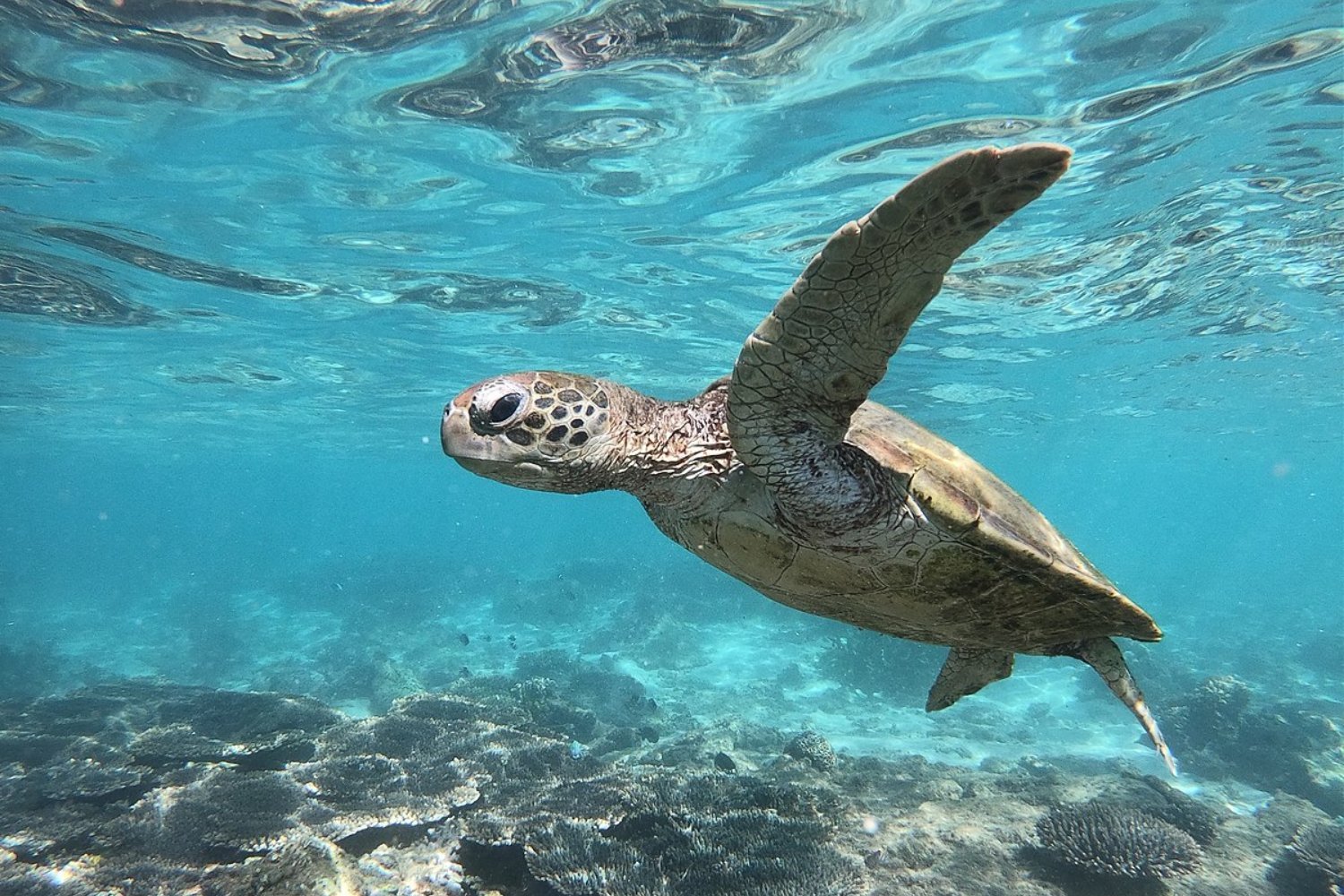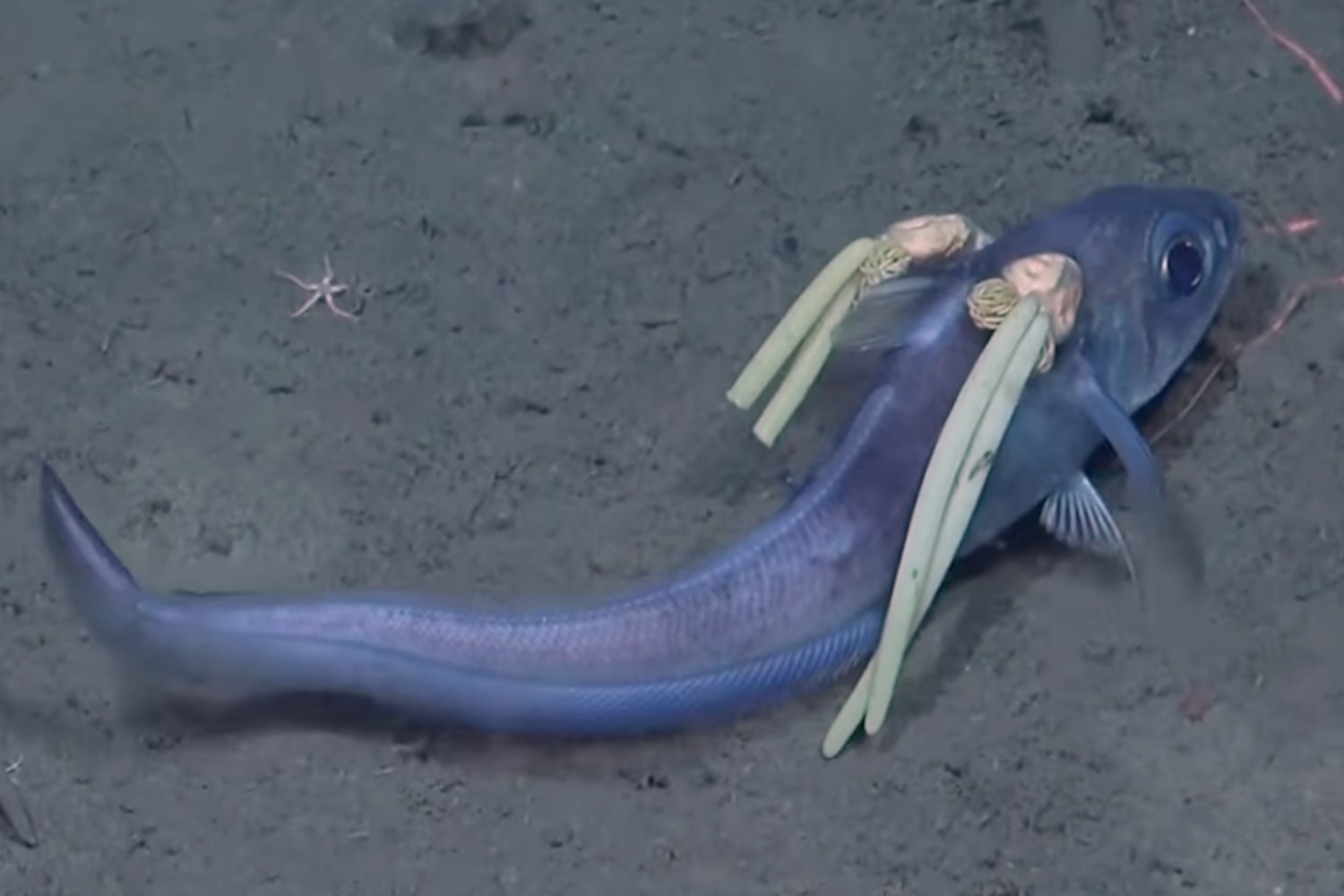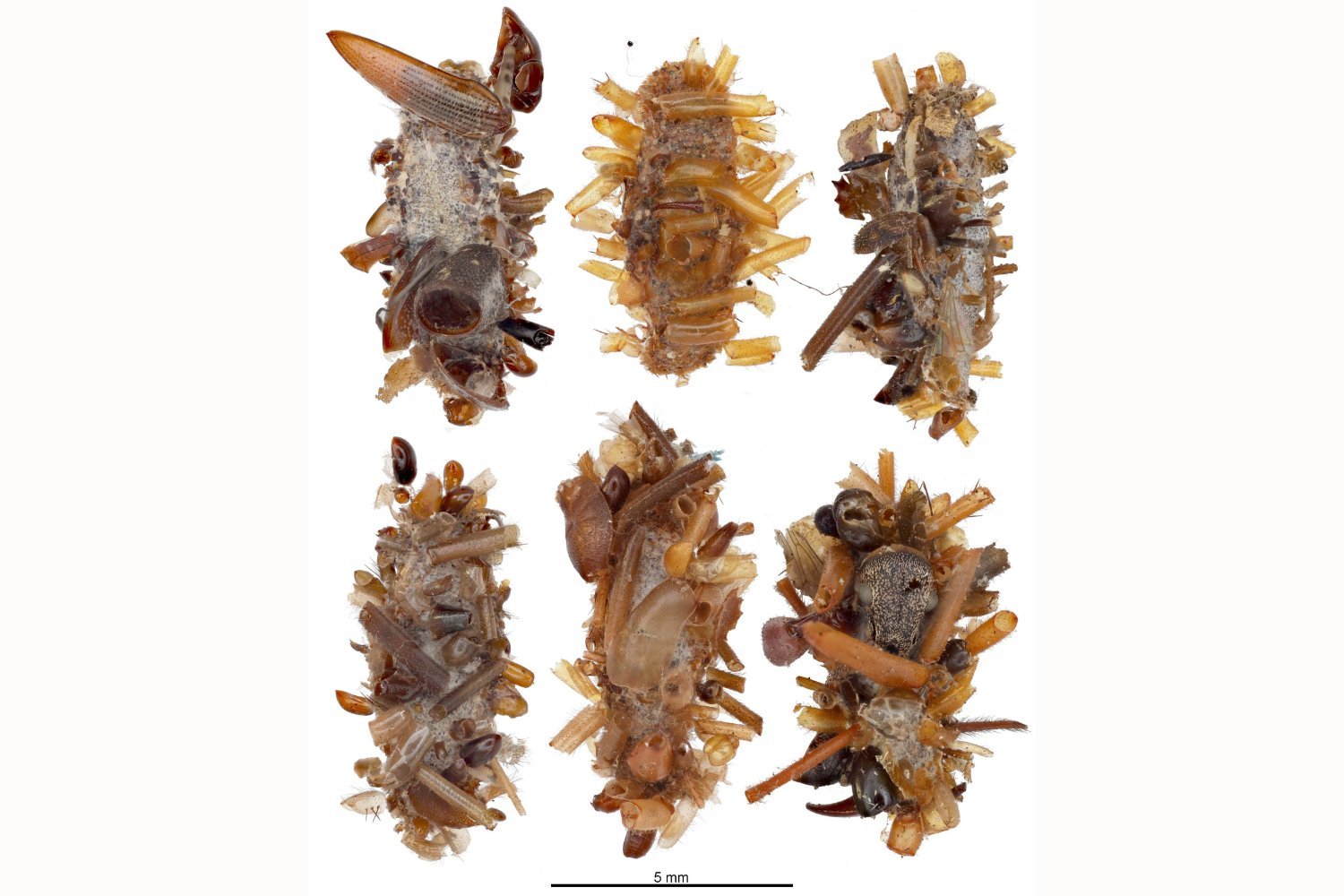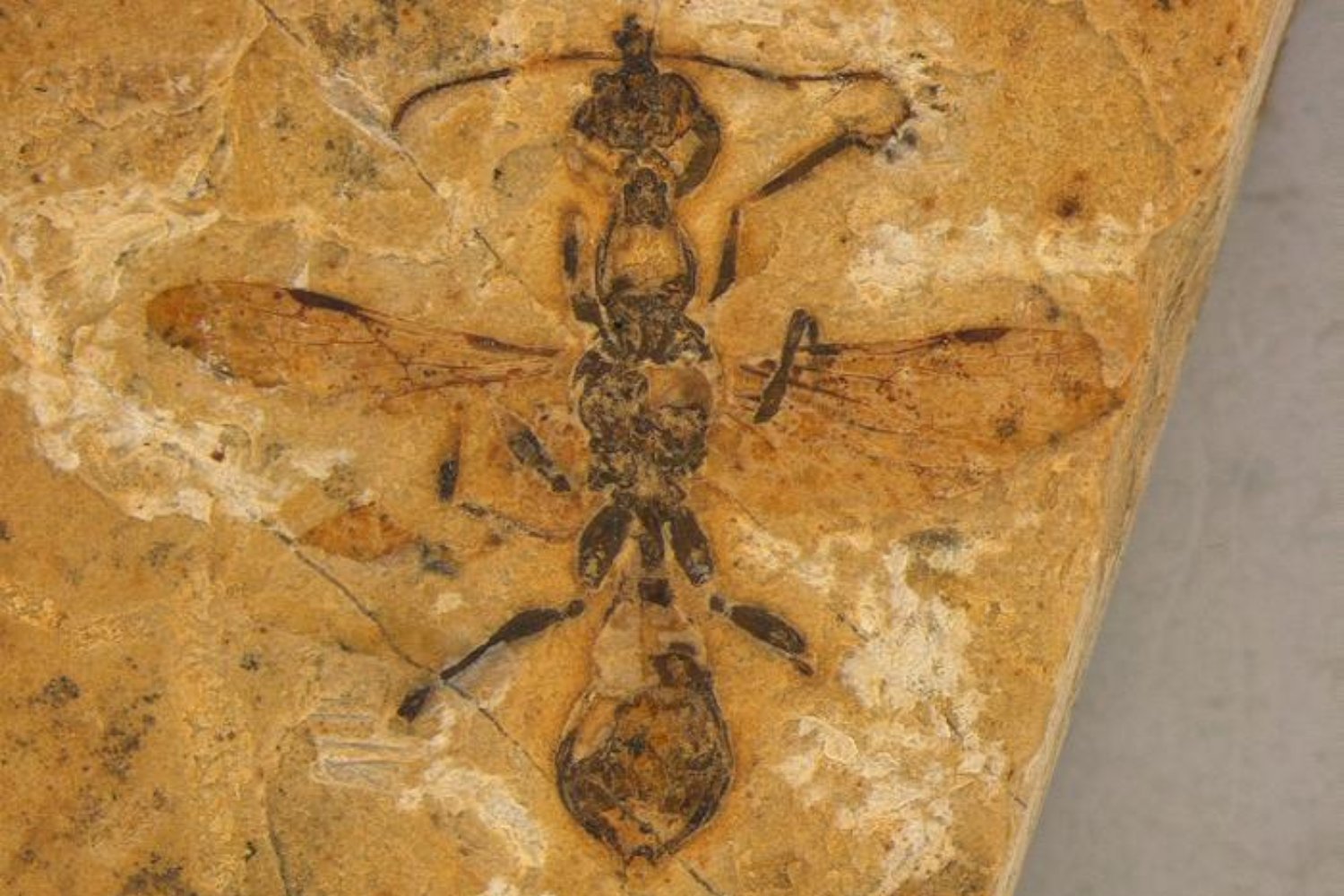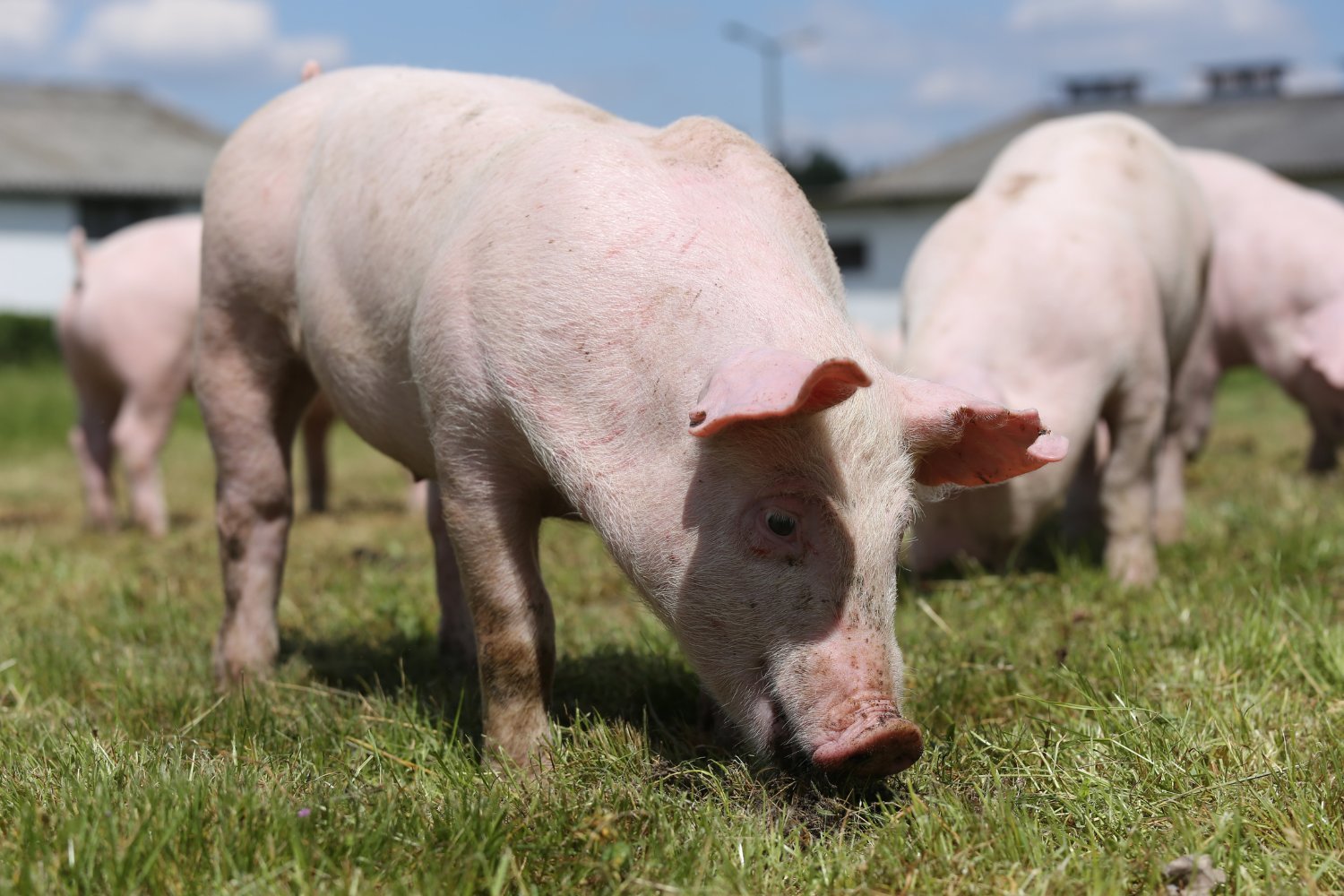Sea turtle conservation efforts are yielding positive results, with over half of the world’s sea turtle populations showing signs of recovery. A recent study offers promising insights into the effectiveness of conservation strategies for these endangered marine reptiles.
While certain species and regions still face significant threats, the overall trend indicates a hopeful future for these ancient mariners. This article examines the study’s findings, highlighting both the successes and ongoing challenges in sea turtle conservation.
Conservation Efforts Prove Effective for Many Sea Turtle Populations
A study published in Inter-Research Science Publisher analyzed 48 regional management units (RMUs) of sea turtles, representing groups sharing similar habitats and threats. The results reveal that more than half of these RMUs demonstrate increasing populations, indicating the effectiveness of current conservation strategies. The study found that threat impact scores improved for 53% of the RMUs, while only 28% experienced worsening conditions. This positive trend suggests that targeted conservation efforts are making a tangible difference.
Threats to Sea Turtles: A Human-Caused Problem
Seven species of sea turtles grace our oceans, with six classified as threatened or endangered. The seventh, the flatback turtle, lacks sufficient data for classification. Sea turtles inhabit diverse marine environments, facing numerous human-induced threats. These include:
- Climate Change: Rising sea levels and warming temperatures disrupt nesting sites and alter ocean currents.
- Fishing Bycatch: Sea turtles often become entangled in fishing gear, leading to drowning or injury.
- Habitat Loss: Coastal development and pollution destroy crucial nesting and foraging grounds.
- Plastic Pollution: Sea turtles ingest plastic debris, mistaking it for food, leading to internal injuries and starvation.
- Vessel Collisions: Boats and ships strike sea turtles, causing serious injuries or death.
- Poaching: Illegal hunting for meat and shells continues to threaten some populations.
Regional Differences in Sea Turtle Conservation Status
While the overall trend is positive, significant regional variations exist. The Pacific Ocean harbors the majority of high-risk sea turtle populations, while the Atlantic boasts a greater number of low-risk populations. The Kemp’s ridley turtle, the world’s most endangered sea turtle, faces the highest species-level risk. Leatherback sea turtles also experience declining nesting populations in the Pacific.
Protective Measures and International Collaboration
In the United States, all sea turtle species are protected under the Endangered Species Act. Internationally, the Convention on International Trade in Endangered Species of Wild Fauna and Flora (CITES) prohibits the trade of sea turtle products. These legal frameworks are essential for protecting these vulnerable creatures.
A Conservation Success Story: Continued Efforts Essential
The recovery of many sea turtle populations highlights the effectiveness of conservation initiatives. While human impact remains a significant concern, the positive trends observed in this study offer a beacon of hope. Continued and strengthened conservation efforts are crucial to ensure the long-term survival of these magnificent creatures.
The Future of Sea Turtle Conservation
While celebrating the progress made, continued vigilance is essential. Strengthening existing conservation strategies, addressing emerging threats, and fostering international collaboration are key to safeguarding the future of sea turtles. The success stories highlighted in this study should inspire further action and investment in protecting these ancient mariners for generations to come.



